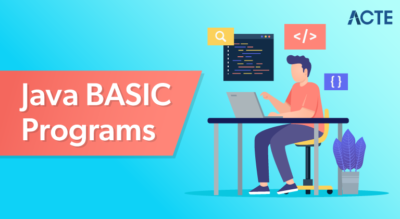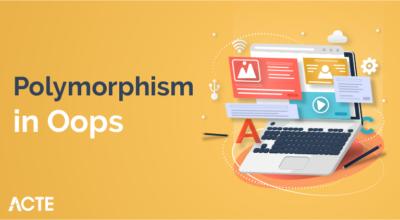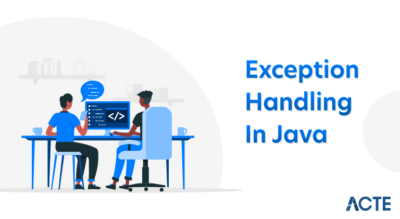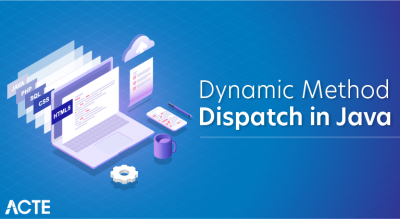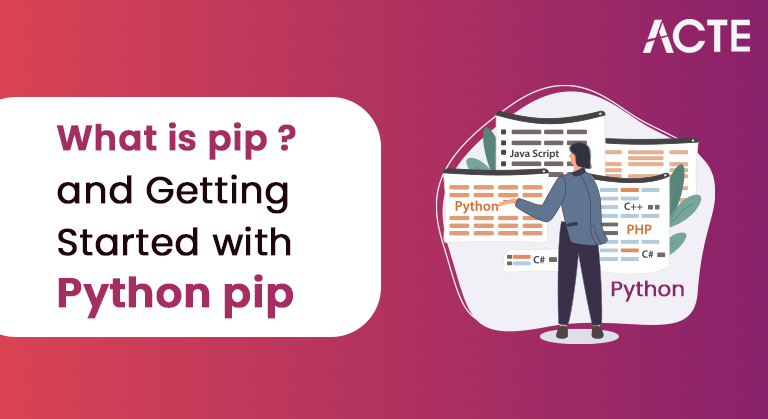
Pip is a recursive acronym that can stand for either “Pip Installs Packages” or “Pip Installs Python”. Alternatively, pip stands for “preferred installer program”. Python 2.7. 9 and later (on the python2 series), and Python 3.4 and later include pip (pip3 for Python 3) by default.
- Introduction to Python pip
- How to introduce pip?
- Python pip introduce bundles
- Syntax
- Determining Package Version
- Linguistic structure
- Posting extra bundles with pip
- Posting Outdated Packages with pip
- Overhauling bundles with pip
- The Easiest Way to Run Python
- Introduce Python Separately
- Run Python in Immediate mode
- Python IDLE
- Your first Python Program
- Conclusion
Introduction to Python pip:
Python pip is the bundle director for Python bundles. We can utilize pip to introduce bundles that don’t accompany Python.
How to introduce pip?
Python pip comes pre-introduced on 3.4 or more seasoned renditions of Python. To check whether or not pip is introduced, type the beneath order in the terminal.
pip – – adaptation
This order will let the adaptation of the pip know if pip is now introduced in the framework.
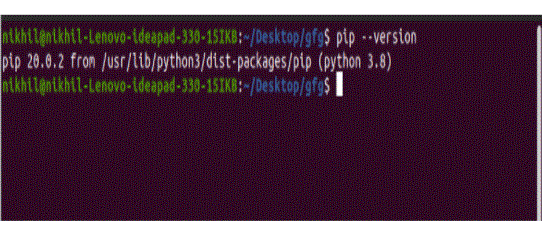
Python pip introduce bundles:
We can introduce extra bundles by utilizing the Python pip introduction order. We should assume we need to introduce numpy utilizing pip. We can do it utilizing the beneath order.
Syntax:
pip introduce numpy
Example 1: When the required package is not installed.

Example 2: When the required package is already installed.
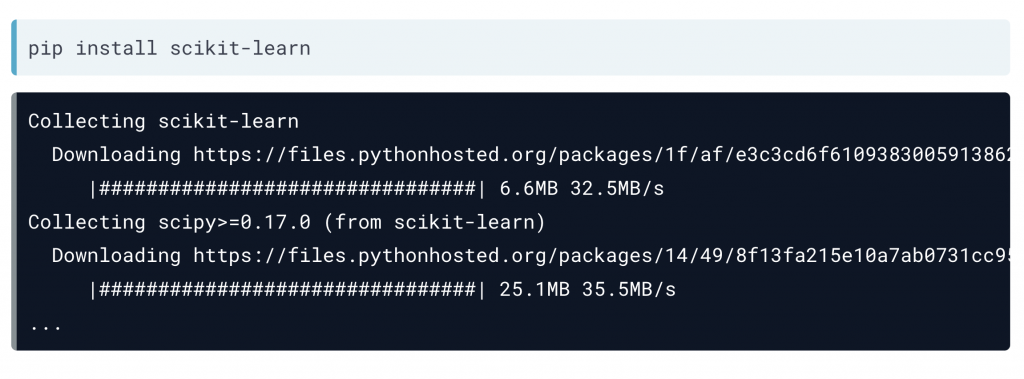
- Punctuation:
- pip introduce package_name==version
- This will introduce the bundle with the predefined adaptation
- Show bundle data utilizing pip
- We can utilize the Python pip show order to show the subtleties of a specific bundle.
- Punctuation:
- pip show numpy
- Model:
- Note:
- Requires section shows the conditions needed by the NumPy bundle
- Needed by shows the bundles that requires NumPy
- List introduced bundles with pip
- The Python pip list order shows a rundown of bundles introduced in the framework.
- Grammar:
- pip list
- Model:
- Uninstall bundles with pip
- The Python pip uninstall order uninstalls a specific existing bundle.
- Grammar:
- pip uninstall numpy
- Model:
Determining Package Version:
We can likewise introduce the bundle of a particular adaptation by utilizing the underneath order.
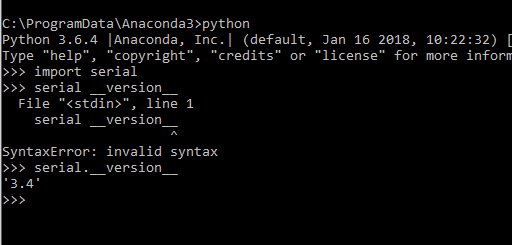
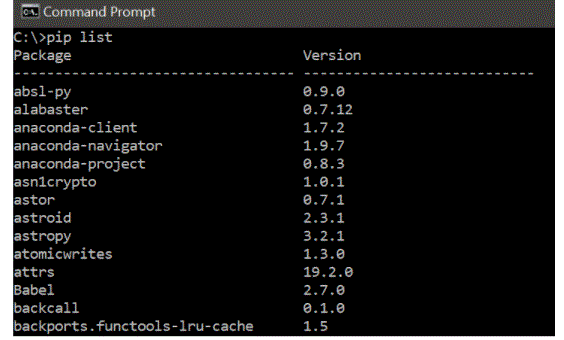
Note: The pip uninstall order doesn’t uninstall the bundle conditions. To eliminate the conditions too then you can see the conditions utilizing the pip show order and eliminate each bundle physically.
Note: The pip uninstall order doesn’t uninstall the bundle conditions. To eliminate the conditions too then you can see the conditions utilizing the pip show order and eliminate each bundle physically
We should assume you need more than one bundle then as opposed to introducing each bundle physically, you can introduce every one of the modules in a solitary go. This should be possible by making a requirements.txt document. We should assume the requirements.txt document resembles this
- pip introduce – r requirements.txt
- Model: Search bundles with pip
- We can look for a specific existing bundle utilizing the Python pip search order.
- Linguistic structure:
- pip search numpy
- Model:
Linguistic structure:
- Posting extra bundles with pip
- The Python pip freeze order is utilized to list bundles that don’t come pre-introduced with Python.
- Linguistic structure:
- pip freeze
- Model:
Utilizing necessity records with pip:
- Sentence structure:
- pip freeze
- Model:
Posting extra bundles with pip:
The Python pip freeze order is utilized to list bundles that don’t come pre-introduced with Python.
- Sentence structure:
- pip list – – obsolete
- Model:
Posting Outdated Packages with pip:
Python pip list – obsolete order is utilized to list every one of the bundles that are obsolete. This order cross-actually looks at the introduced bundle data with the pip store.
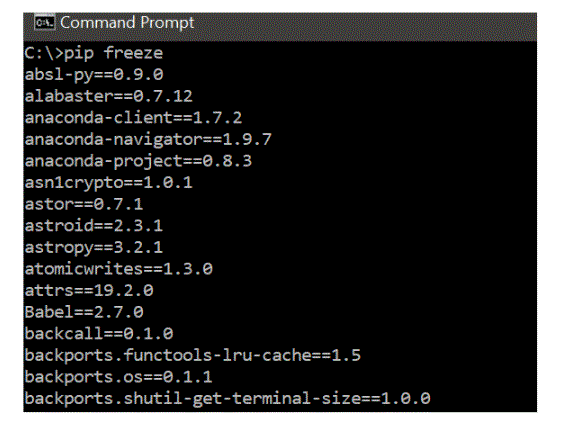
- Sentence structure:
- pip introduce – – client – – overhaul package_name
- Model:
- We can likewise overhaul any bundle to a particular variant utilizing the beneath order. pip introduce – – client – – overhaul package_name==version
- Minimizing bundles with pip
- The Python pip introduces – client order is utilized to minimize a bundle to the particular adaptation.
- Linguistic structure:
- pip introduce – – client package_name==version
- Model:
Overhauling bundles with pip:
Python pip introduces – client – overhaul is utilized to refresh a bundle.
Python is a cross-stage programming language, which implies that it can run on various stages like Windows, macOS, Linux, and has even been ported to the Java and .NET virtual machines. It is free and open-source.
Despite the fact that the majority of the present Linux and Mac have Python pre-introduced in it, the variant may be outdated. Along these lines, it is consistently a smart thought to introduce the most current adaptation.
- The least demanding method for running Python is by utilizing Thonny IDE.
- The Thonny IDE accompanies the most recent form of Python packaged in it. So you don’t need to introduce Python independently.
- Follow the accompanying strides to run Python on your PC.
- Download Thonny IDE.
- Run the installer to introduce Thonny on your PC.
- Go to: File > New. Then, at that point, save the document with .py expansion. For instance, hello.py, example.py, and so on.
- You can give any name to the document. Notwithstanding, the document name should end with .py
- Compose Python code in the document and save it.Running Python utilizing Thonny IDE
- Then, at that point, Go to Run > Run current content or basically click F5 to run it.
The Easiest Way to Run Python:
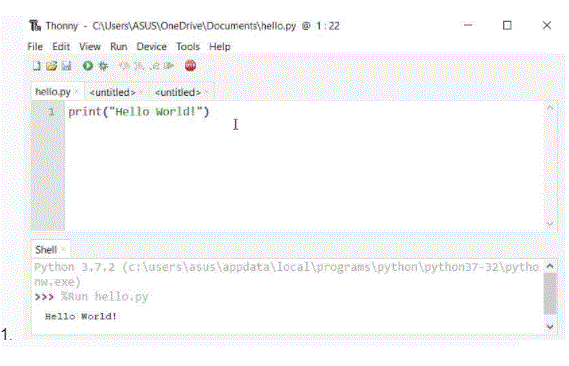
- To utilize Thonny, this is the way you can introduce and run Python on your PC.
- Download the most recent form of Python.
- Run the installer record and follow the means to introduce Python
- During the introduction cycle, really take a look at Add Python to climate factors. This will add Python to climate factors, and you can run Python from any piece of the PC.
- Additionally, you can pick the way where Python is installed.Installing Python on the PC.
- When you finish the establishment interaction, you can run Python.
- We simply need to save it with the .py augmentation. Yet, utilizing an IDE can make our life much simpler. IDE is a piece of programming that gives helpful elements like code implying, grammar features and checking, record travelers, and so on to the software engineer for application advancement.
- Incidentally, when you introduce Python, an IDE named IDLE is likewise introduced. You can utilize it to run Python on your PC. It’s a good IDE for novices.
- Presently you can make another document and save it with .py expansion. For instance, hello.py.
- Compose Python code in the record and save it. To run the record, go to Run > Run Module or just snap F5.
- Type the accompanying code in any word processor or an IDE and save it as hello_world.py
- print(“Hello, world!”)
- Then, at that point, run the record. You will get the accompanying result.
- Hi, world!
- Congrats! You just composed your first program in Python.
Introduce Python Separately:
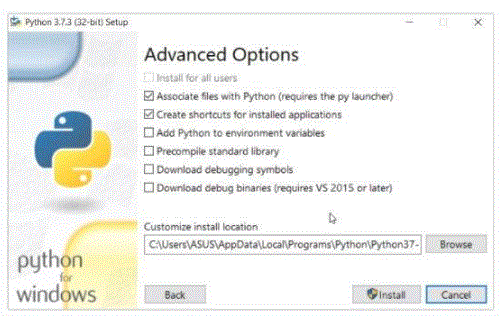
1. Run Python in Immediate mode:
Whenever Python is introduced, composing python in the order line will summon the mediator in prompt mode. We can straightforwardly type in Python code, and press Enter to get the result.
Have a go at composing in 1 + 1 and press enter. We get 2 as the result. This brief can be utilized as a mini-computer.
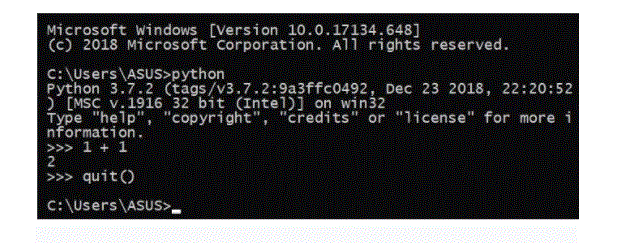
2. Run Python in the Integrated Development Environment
We can utilize any content editing programming to compose a Python script record.
Python IDLE
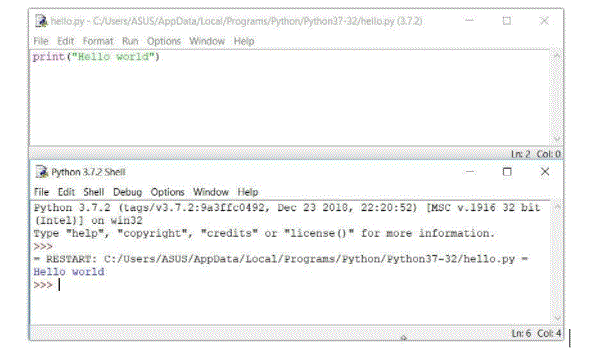
Your first Python Program :
Since we have Python ready for action, we can compose our first Python program.
How about we make an extremely basic program called Hello World. A “Hi, World!” is a straightforward program that yields Hello, World! on the screen. Since it’s an exceptionally straightforward program, it’s frequently used to acquaint another programming language with novices.
As may be obvious, this was a really simple errand. This is the magnificence of the Python programming language.
Conclusion:
In Python, pip is a standard package management system that is used to install and manage other software modules. In general, pip is a package manager for many Python packages or modules to install it to use in the code when required.

